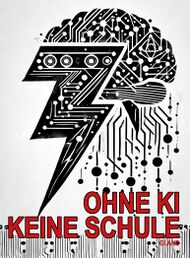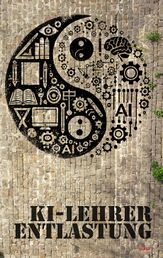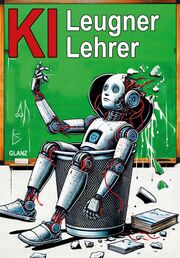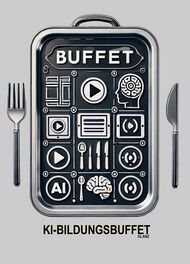

Englischlernen - Essen und Trinken / Food and Drinks
Nutrition Basics
Global Cuisines
Healthier Choices
|
Introduction
Food and drinks are essential parts of our daily lives, providing the nutrients and energy we need to function. Beyond mere sustenance, they play a significant role in culture, social interactions, and personal pleasure. This aiMOOC will explore the vast and delicious world of food (Essen) and drinks (Getränke), from the basics of nutrition to the diversity of global cuisines. You'll learn new English vocabulary related to food and drinks, understand the cultural significance behind various dishes, and explore how to make healthier food choices. Let's embark on a flavorful journey that tantalizes the taste buds and enriches our understanding of global cultures through the lens of food and drinks.
The Basics of Nutrition
Macronutrients and Micronutrients
Macronutrients
The three main macronutrients (Makronährstoffe) are carbohydrates (Kohlenhydrate), proteins (Proteine), and fats (Fette). Each plays a unique role in providing energy and supporting bodily functions.
- Carbohydrates: The body's main source of energy, found in foods like bread (Brot), pasta (Nudeln), and fruits (Früchte).
- Proteins: Essential for building and repairing tissues, available in meat (Fleisch), legumes (Hülsenfrüchte), and dairy products (Milchprodukte).
- Fats: Important for energy storage, brain health, and hormone production, found in nuts (Nüsse), seeds (Samen), and oils (Öle).
Micronutrients
Micronutrients (Mikronährstoffe) include vitamins (Vitamine) and minerals (Mineralien), which are crucial for growth, disease prevention, and well-being.
- Vitamins: Organic compounds required in small quantities, such as Vitamin C (found in oranges (Orangen)) and Vitamin D (produced when the skin is exposed to sunlight).
- Minerals: Inorganic elements that come from the soil and water, like calcium (found in milk (Milch)) and iron (found in spinach (Spinat)).
Global Cuisines
Exploring the Diversity of World Foods
Food is a reflection of culture, and every region of the world offers unique dishes that tell a story about its people, traditions, and history.
- Italian cuisine (Italienische Küche): Known for its pizza (Pizza) and pasta (Pasta), emphasizing fresh, high-quality ingredients.
- Mexican cuisine (Mexikanische Küche): Features tacos (Tacos), enchiladas (Enchiladas), and a rich use of beans (Bohnen) and chilies (Chilis).
- Japanese cuisine (Japanische Küche): Celebrated for sushi (Sushi) and ramen (Ramen), with a focus on seafood and rice (Reis).
Making Healthier Food Choices
Understanding Food Labels
Learning to read food labels (Lebensmitteletiketten) can help you make healthier choices by understanding the nutritional value of foods.
- Look for items low in saturated fats (gesättigte Fette), sodium (Natrium), and added sugars (Zucker).
- Choose foods high in fiber (Ballaststoffe), protein (Protein), and essential vitamins (Vitamine) and minerals (Mineralien).
Interaktive Aufgaben
Quiz: Teste Dein Wissen
What is the main source of energy for the body? (Carbohydrates) (!Proteins) (!Fats) (!Vitamins)
Which cuisine is known for its emphasis on fresh, high-quality ingredients, particularly pizza and pasta? (Italian cuisine) (!Mexican cuisine) (!Japanese cuisine) (!Indian cuisine)
What are proteins essential for? (Building and repairing tissues) (!Providing the main source of energy) (!Storing energy and supporting brain health) (!Protecting the body from diseases)
Which vitamin is produced when the skin is exposed to sunlight? (Vitamin D) (!Vitamin C) (!Vitamin A) (!Vitamin E)
What is a characteristic dish of Mexican cuisine? (Tacos) (!Sushi) (!Pasta) (!Curry)
Memory
| Carbohydrates | Energy source |
| Protein | Tissue repair |
| Italian cuisine | Pizza and Pasta |
| Vitamins | Disease prevention |
| Food labels | Healthier choices |
Kreuzworträtsel
| Carbs | What are the body's main energy source? |
| Sushi | A popular Japanese dish featuring raw fish and rice |
| Iron | A mineral important for blood production found in spinach |
| Pasta | A staple of Italian cuisine, often served with sauce |
| Beans | A common ingredient in Mexican dishes, high in protein |
LearningApps
Lückentext
Offene Aufgaben
Leicht
- Research and prepare a traditional dish from a cuisine of your choice. Document the cooking process with photos or a video.
- Write a short essay on the importance of water in our diet and how it affects our health.
- Create a colorful chart showing different fruits and vegetables and their vitamin content.
Standard
- Interview a family member or friend about their favorite food and its cultural significance.
- Plan and prepare a balanced meal that includes all macronutrients and share your recipe online.
- Conduct a survey in your community to find out what the most popular local dish is and why.
Schwer
- Write a report on the impact of global food trade on local cuisines and dietary habits.
- Develop a week-long meal plan that incorporates foods from at least three different global cuisines.
- Create a presentation on the history and evolution of a specific food item or dish, highlighting its cultural importance.


Mündliche Prüfung
- Discuss the role of food in cultural identity and how globalization has affected traditional diets.
- Explain the concept of a balanced diet and how it can differ according to cultural contexts.
- Describe the process of photosynthesis and its importance in the food chain.
- Evaluate the pros and cons of organic farming versus conventional farming in terms of food quality and environmental impact.
- Analyze the trend of plant-based diets and its potential effects on health and the environment.
OERs zum Thema
Links
Nutrition Basics
Global Cuisines
Healthier Choices
|
Teilen - Diskussion - Bewerten
Schulfach+

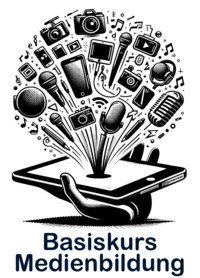
aiMOOCs



aiMOOC Projekte


YouTube Music: THE MONKEY DANCE

Spotify: THE MONKEY DANCE
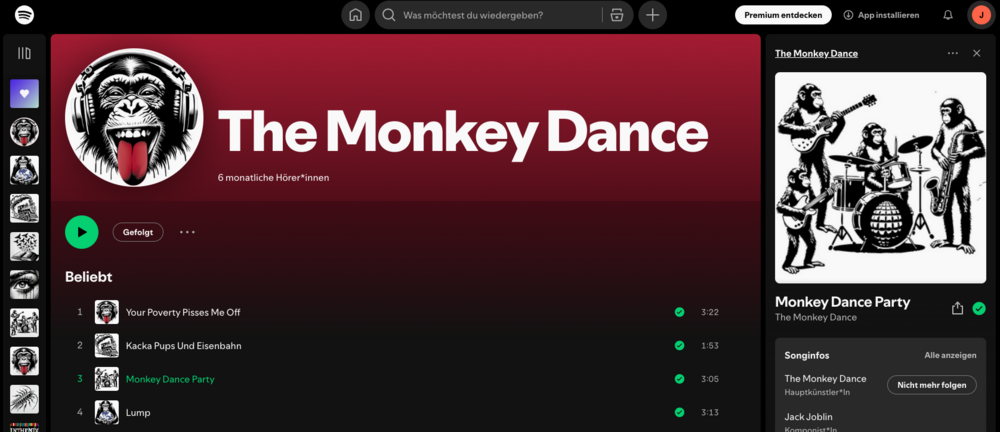
Apple Music: THE MONKEY DANCE

Amazon Music: THE MONKEY DANCE

The Monkey Dance SpreadShirtShop
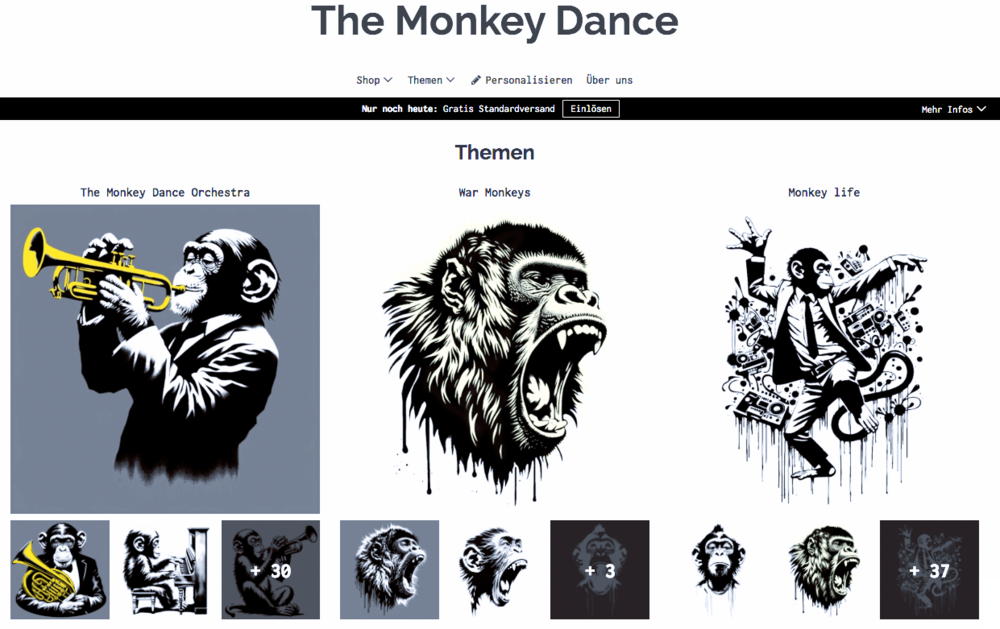
|
|
|

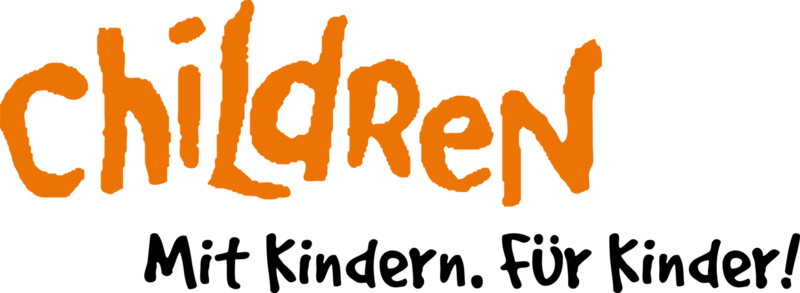
Children for a better world >> Förderung der AI Fair-Image Challenge
Fair-Image wird von CHILDREN JUGEND HILFT! gefördert und ist mit der deutschlandweiten AI Fair-Image Challenge SIEGERPROJEKT 2025. Alle Infos zur Challenge hier >>. Infos zum Camp25 gibt es hier. Wenn auch Ihr Euch ehrenamtlich engagiert und noch finanzielle Unterstützung für Eurer Projekt braucht, dann stellt gerne einen Antrag bei JUGEND HILFT.
































